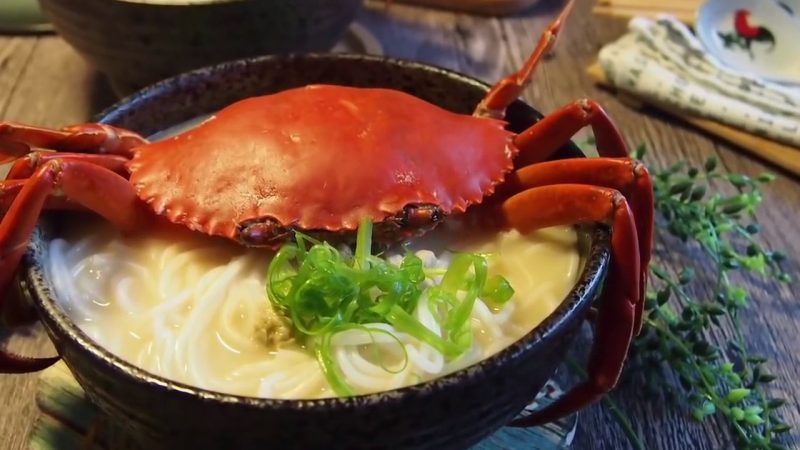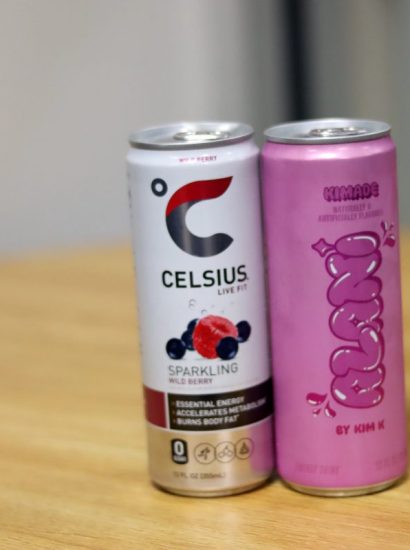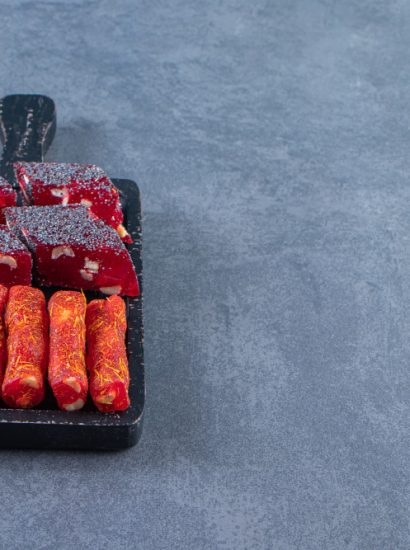In Singapore’s rich culinary tapestry, Crab Bee Hoon (米粉蟹) stands out as a luxurious comfort food that bridges heritage and indulgence. Translating to “crab with rice vermicelli,” this dish pairs creamy, milky broth with the sweetness of fresh crab, all soaked up by thin bee hoon noodles. It’s the kind of dish locals crave during special occasions—or anytime a seafood feast is in order.
Popularized by hawker legends like Mellben Seafood and Sin Hoi Sai, crab bee hoon has transitioned from kopitiam classic to home-cooked hero. This guide walks you through an authentic crab bee hoon recipe that’s surprisingly approachable, yet bursting with the umami-rich flavors Singaporeans love.
Ingredients: What You’ll Need
To replicate the iconic flavors of crab bee hoon, sourcing the freshest ingredients is key. Here’s a list of essentials for a serving of 4.
Fresh Ingredients:
- 1 large mud crab (about 1–1.2kg) – cleaned and chopped
- 150g thick bee hoon (rice vermicelli) – soaked and softened
- 3 slices old ginger – smashed
- 5 cloves garlic – minced
- 2 stalks spring onions – chopped
- 3 sprigs coriander – for garnish
Seasonings & Pantry:
- 2 tbsp Shaoxing wine
- 1 tbsp light soy sauce
- 1 tbsp oyster sauce
- 1 tsp sesame oil
- Salt & white pepper to taste
- 500ml chicken stock
- 400ml evaporated milk (unsweetened)
- 1 tbsp cooking oil
- Optional: 1 tbsp butter (for added richness)
Optional Spice Kick:
- 1 small red chili, sliced (if you like heat)
Pro tip: Use live crab for the most intense flavor and natural sweetness in the broth.
Prepping the Crab: Clean, Cut, and Ready
Crab preparation is crucial for both flavor and presentation. If you’re not comfortable handling live crab, ask your fishmonger to clean and cut it for you. If doing it yourself:
- Place the crab in the freezer for 15–20 minutes to humanely sedate it.
- Remove the top shell (carapace), discard the gills, and clean the inside thoroughly.
- Cut the body into quarters and gently crack the claws for easier eating and broth extraction.
- Save the shell and roe—they’ll enrich the soup beautifully.
Once prepped, pat the crab pieces dry with paper towels and set aside.
Making the Broth: Soul of the Dish
The creamy broth is what sets crab bee hoon apart from other crab dishes. It’s where seafood, spice, and umami meld into one indulgent bowl.
Steps:
- Heat 1 tbsp of oil in a large wok or pot.
- Sauté ginger slices and minced garlic until aromatic.
- Add the crab pieces and stir-fry for about 3–4 minutes, until shells start turning red.
- Splash in the Shaoxing wine and cover for 30 seconds to let the alcohol burn off.
- Add the chicken stock, evaporated milk, light soy sauce, and oyster sauce. Bring to a gentle simmer.
Optional: Add a tablespoon of butter for extra richness and a hint of sweetness. Simmer the broth for 10–15 minutes to let the crab flavor infuse fully.
Cooking the Bee Hoon: Soft but Springy
Thick bee hoon (not the ultra-thin variant) is ideal for this dish—it soaks up flavor without becoming soggy.
Cooking Tips:
- Soak the bee hoon in warm water for 15–20 minutes until soft but not mushy.
- Do not boil it separately; the magic happens when it’s cooked directly in the broth.
- Add the soaked bee hoon into the simmering broth in the final 5 minutes of cooking.
Let the noodles absorb the crab essence and milky broth, but avoid overcooking.
Serving It Right: Plating and Presentation
Presentation matters, especially for a dish as dramatic as crab bee hoon. Here’s how to serve it restaurant-style:
- Transfer the bee hoon and broth into a large claypot or shallow serving bowl.
- Arrange the crab pieces on top, including the shell for a visual punch.
- Garnish with chopped spring onions and coriander.
- Serve with a side of sliced red chili and light soy sauce for dipping.
Don’t forget a crab cracker, finger bowls, and napkins—this dish is hands-on and unapologetically messy!
Variations & Tips for Perfecting Your Crab Bee Hoon
Like many heritage recipes, crab bee hoon invites interpretation. Here are some pro tips and common tweaks:
Variations:
- Dry version: Popular in certain zi char stalls, the dry crab bee hoon is wok-fried and charred for a smokier taste.
- Add prawns or clams: Boost the seafood flavor with other shellfish.
- Use kampong chicken stock: For deeper flavor than store-bought versions.
Cooking Tips:
- Don’t rush the simmering process—flavors need time to develop.
- Evaporated milk adds creaminess without overpowering; avoid condensed milk.
- You can use crab paste or stock cubes in a pinch, but nothing beats fresh.
Conclusion
Crab Bee Hoon is more than a meal—it’s an expression of Singapore’s seafood-loving soul. Creamy, savory, and luxurious, this dish turns a humble noodle soup into a celebration-worthy centerpiece. While restaurants may dazzle with their versions, cooking it at home connects you with the dish’s roots—where family, fresh ingredients, and patience come together.
With this authentic crab bee hoon recipe, you’re not just recreating a favorite—you’re preserving a beloved tradition in your own kitchen.
FAQs
1. What type of crab is best for crab bee hoon?
Mud crab (Sri Lankan or Indonesian varieties) is ideal due to its size, meatiness, and flavor. Flower crabs are too light for broth-based recipes.
2. Can I use fresh milk instead of evaporated milk?
Evaporated milk gives a richer texture without curdling. If using fresh milk, keep heat low and avoid boiling.
3. Is it necessary to use chicken stock?
Yes, it adds body and umami to the broth. Homemade or low-sodium versions are best to avoid overpowering the crab flavor.
4. Can I make this dish ahead of time?
It’s best served fresh. You can prep the crab and broth in advance but cook the bee hoon just before serving to retain texture.
5. What side dishes go well with crab bee hoon?
Simple sides like stir-fried greens, sambal belacan, or a cold cucumber salad balance the richness of the main dish.
Also read: Alchemist Coffee Menu: Signature Brews, Artisanal Pastries & Prices









